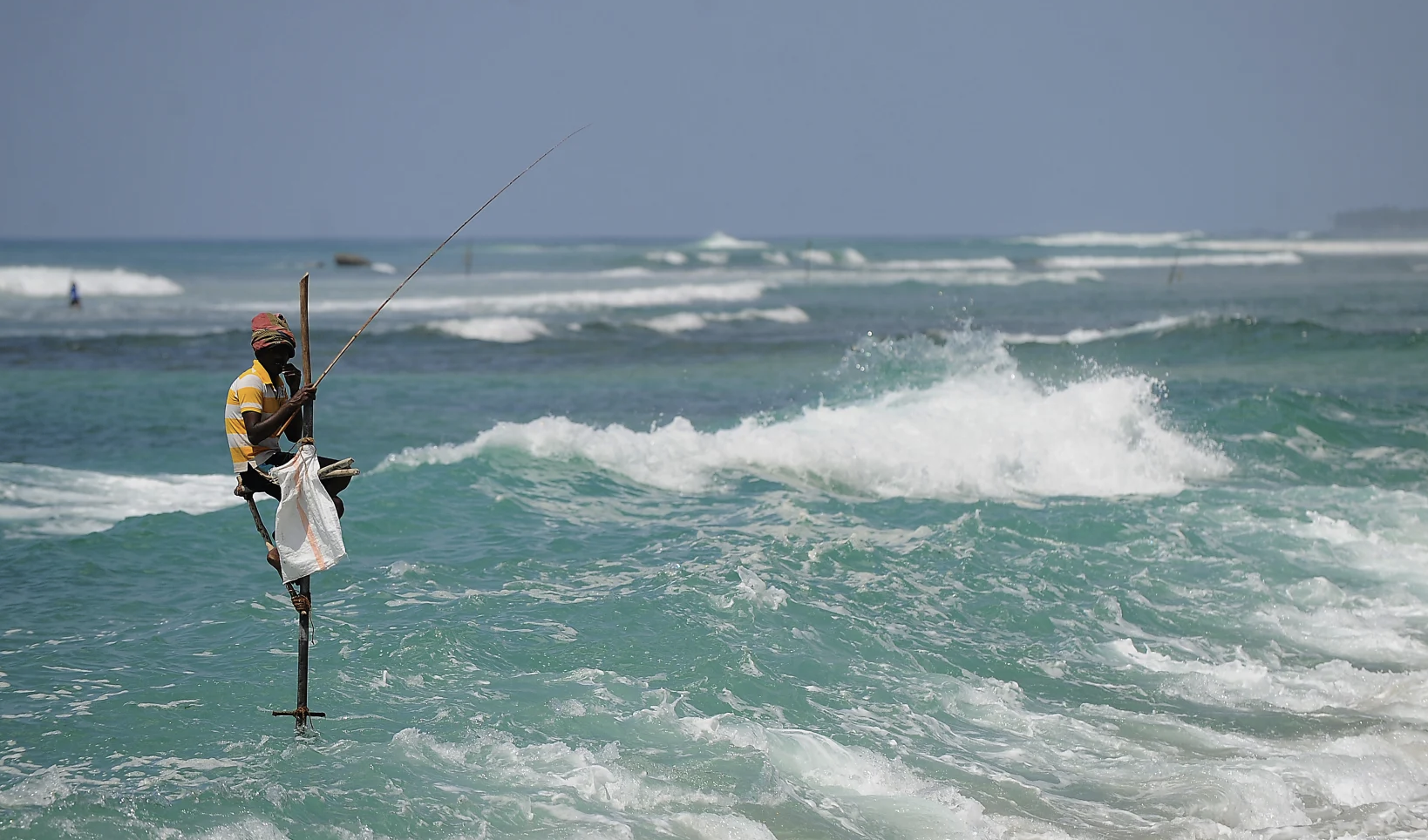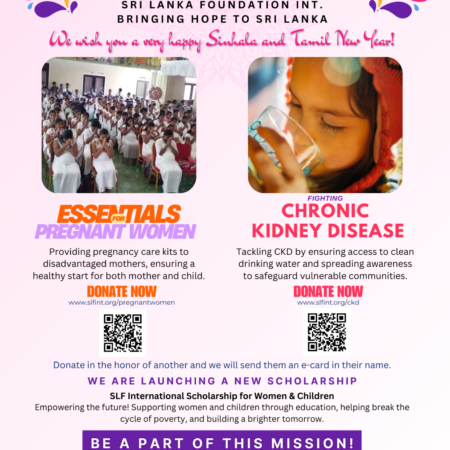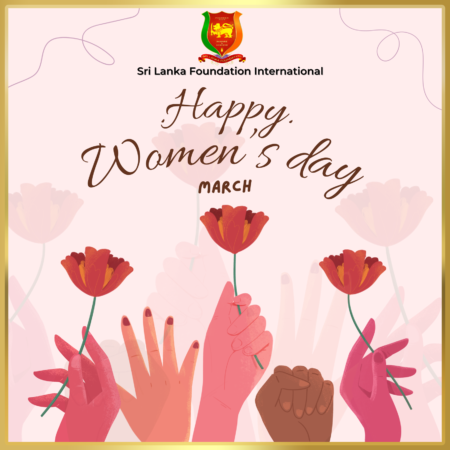Two separate studies highlight Sri Lanka’s increased risk of changing weather patterns that are driving extensive changes in both living standards and livelihoods.
For Nataraja Kumar, 47, a fisherman from Guru Nagar, a sleepy coastal village in Sri Lanka’s north, it’s no longer possible to continue with his traditional livelihood.
“I went fishing as a 10-year-old boy with my father and grandfather. But I will not train my son to be a fisherman. There’s no fish to catch,” he tells Mongabay.
Fishing is Kumar’s only life skill, and he has five mouths to feed. Having failed to eke out a living in the past two years as a fisherman, Kumar is now slowly letting go of his traditional livelihood to work as a day laborer at a construction site in another town, earning around $3 a day to keep food on the table. Many other fishermen, he says, are making the same switch.
“The sea seems to have changed. We find less [fish] and fewer species,” Kumar says, adding that the northern waters no longer yield the highly popular black tiger prawns, a top seafood export.
It’s the same story for those engaged in growing traditional crops, like onion farmer Sudhiran Kanapathipillai, 51, from Jaffna, the capital of Sri Lanka’s northern province.
Sri Lanka’s proximity to the ocean makes it vulnerable to increase in extreme tropical storms and sea level rise,” the study says. It says the country also contains “hidden hotspots,” areas that are economically at risk from climate change that are not often discussed. It adds that, by 2050, annual average temperatures on the island are projected to increase by about one to 1.5 degrees Celsius (1.8 to 2.7 degrees Fahrenheit) under a climate-sensitive scenario, and one to two degrees Celsius (1.8 to 3.6 degrees Fahrenheit) under a carbon-intensive scenario.
By DILRUKSHI HANDUNNETTI on Pacific Standard
Photo: Ishara S.Kodikara Read More at https://psmag.com/environment/global-warming-is-changing-traditional-livelihoods-in-sri-lanka











![TV-Poster-All-Exhibition-Sri-Lanka-in-Focus-USA-2025[1]](https://www.srilankafoundation.org/wp-content/uploads/2025/04/TV-Poster-All-Exhibition-Sri-Lanka-in-Focus-USA-20251-450x450.jpg)










